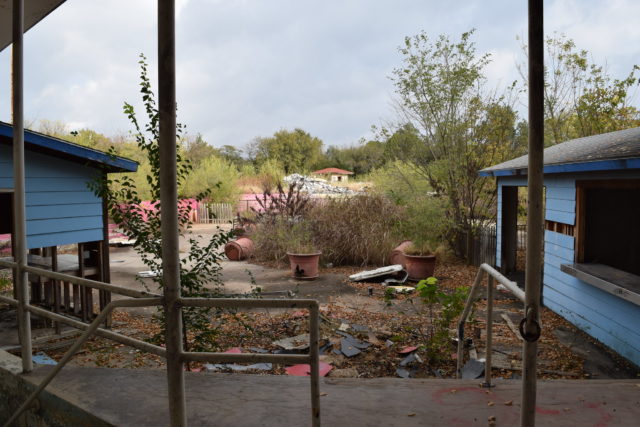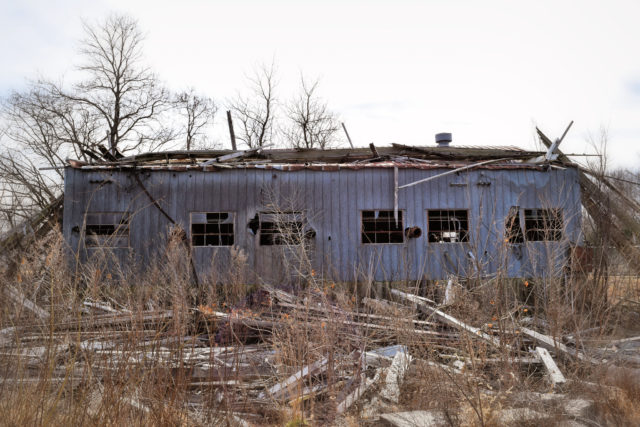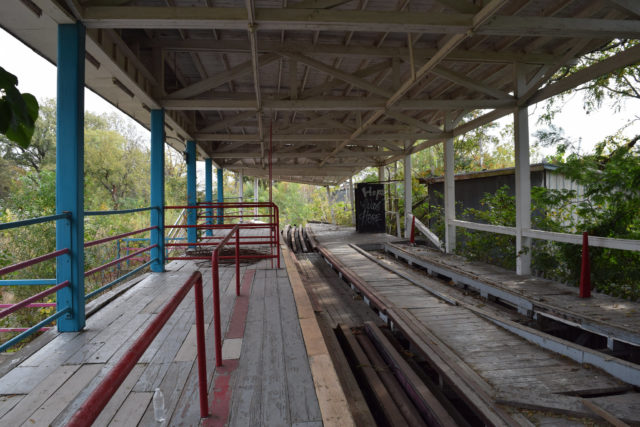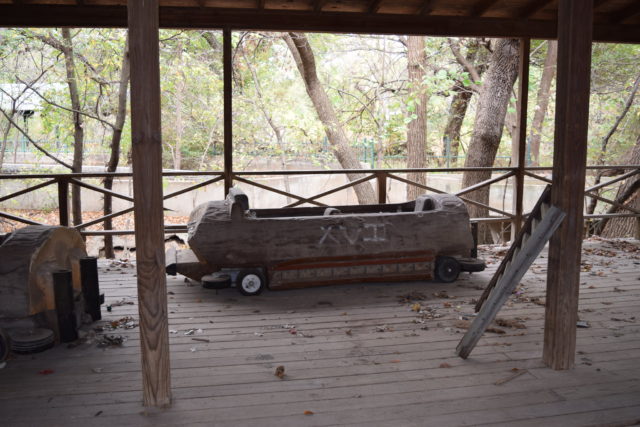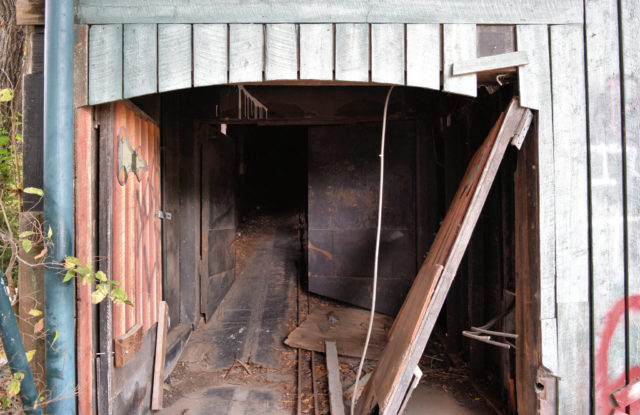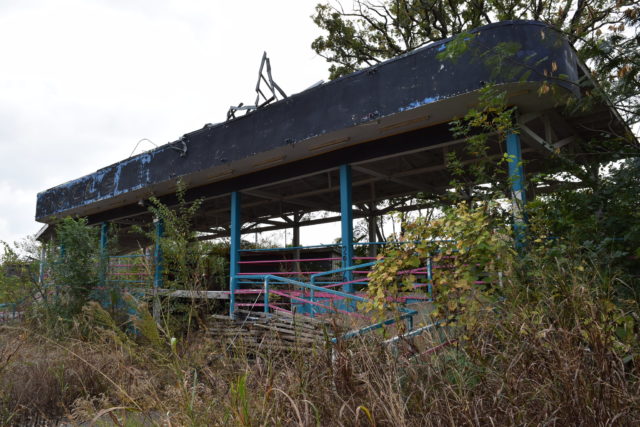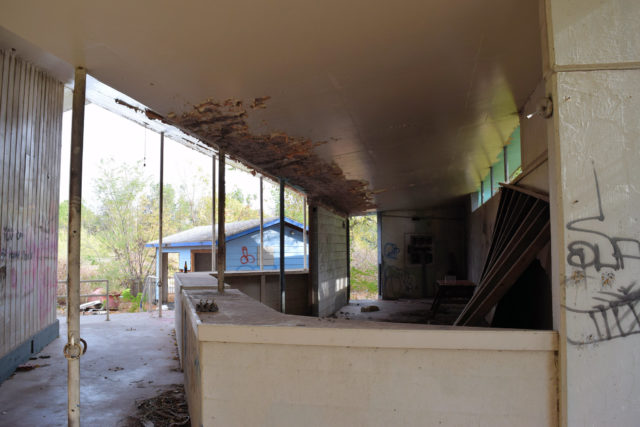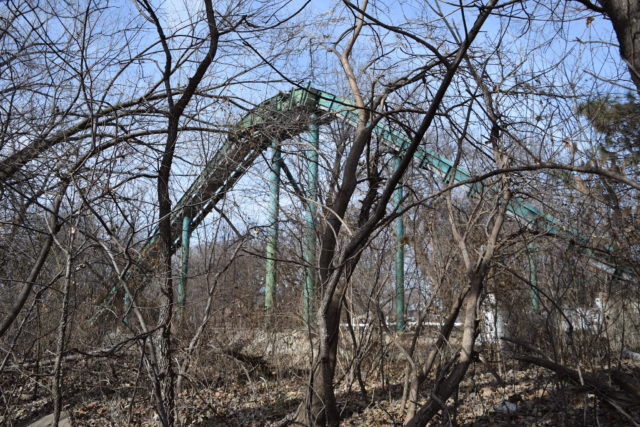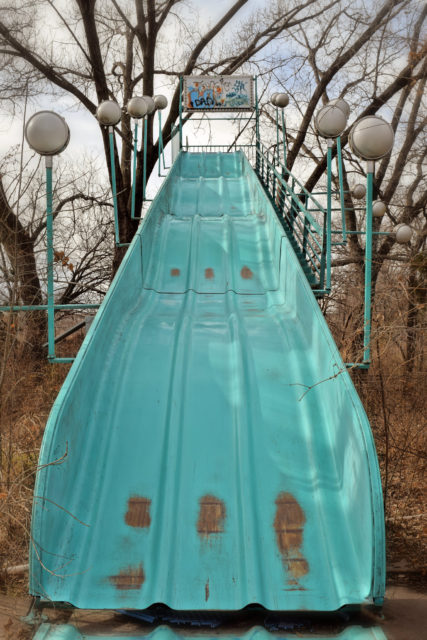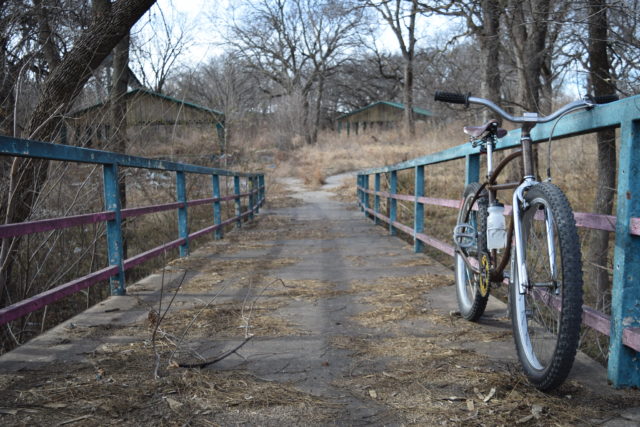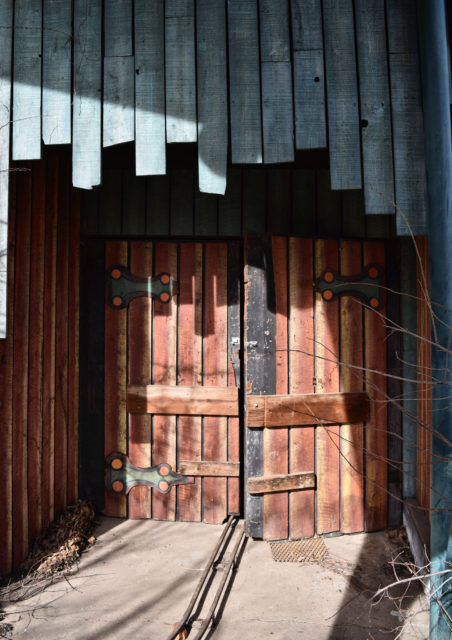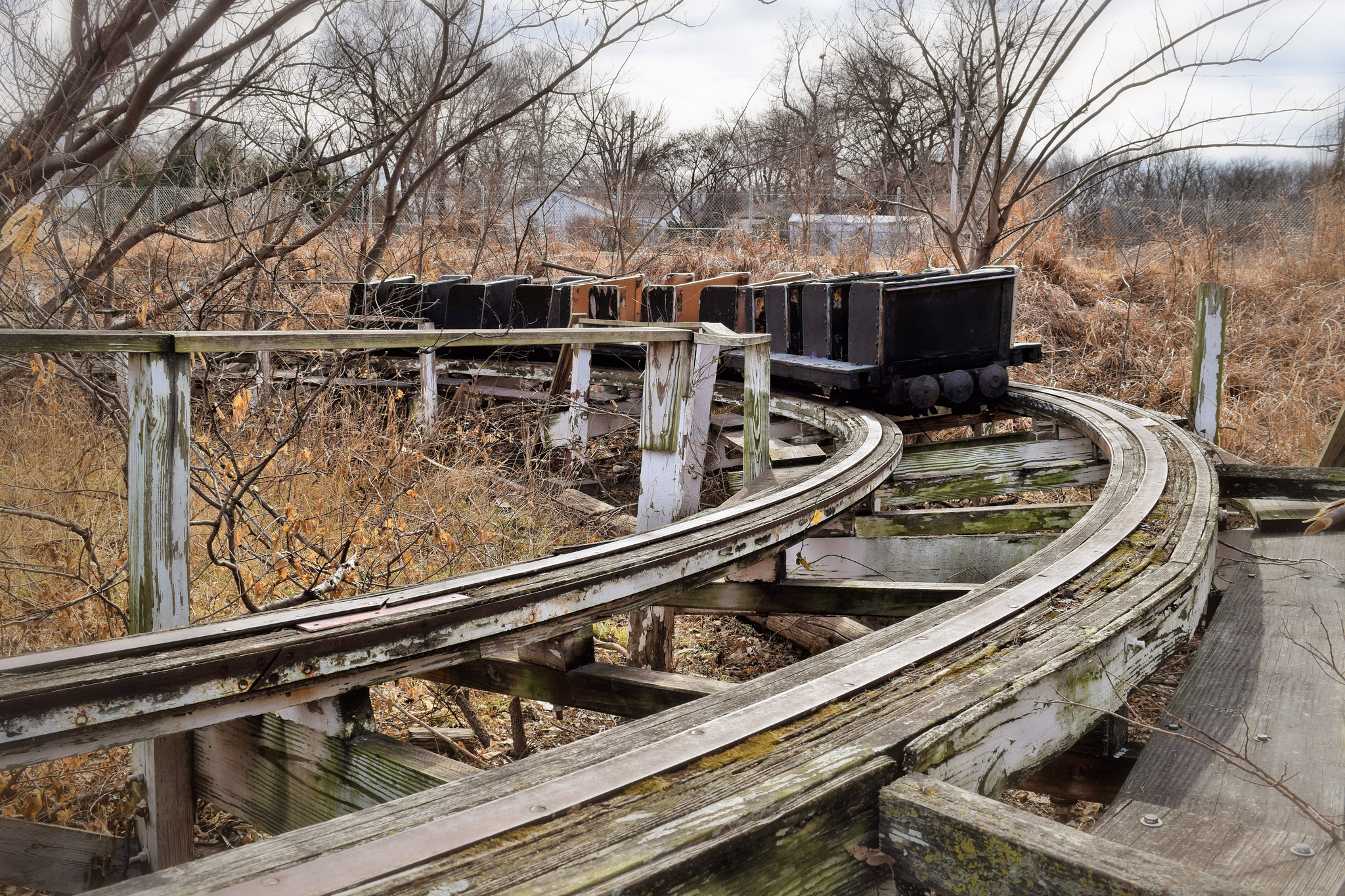Joyland Amusement Park was once the largest amusement park in Wichita, Kansas, USA. The attraction was in continuous operation for 55 years, being open from June 1949 until it closed in 2006.
Lester Ottaway and his three sons (Herbert, Harold, and Eddie) were the founders of the park. It all began when they purchased a miniature 12-inch (300-mm) gauge steam railway. Reports suggest that this railway was acquired from another, defunct amusement park.
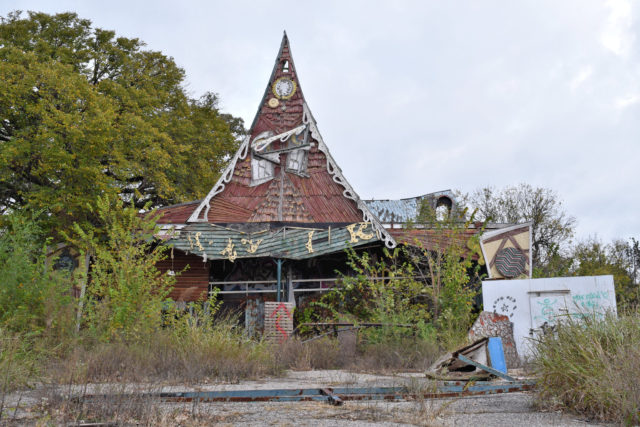
Herbert Ottoway had been a race car builder, so he was able to fully refurbish the train and get it running again. To begin with, the family toured the miniature railway around county fairs in western Kansas and eastern Colorada. However, in the summer of 1949, Joyland was opened so that the railway could have a permanent home.
The site initially chosen for the park was 1515 East Central in Wichita, but it soon moved to its permanent home at 2801 South Hillside. As the popularity of the park grew, the Ottaways filled it with a wooden roller coaster ride and 24 other attractions.
Lester Ottaway passed away in the mid-1950s, and his sons took over the amusement park as a family business. The three of them ran it successfully until they sold Joyland on in the early 1970s to Stanley and Margaret Nelson.
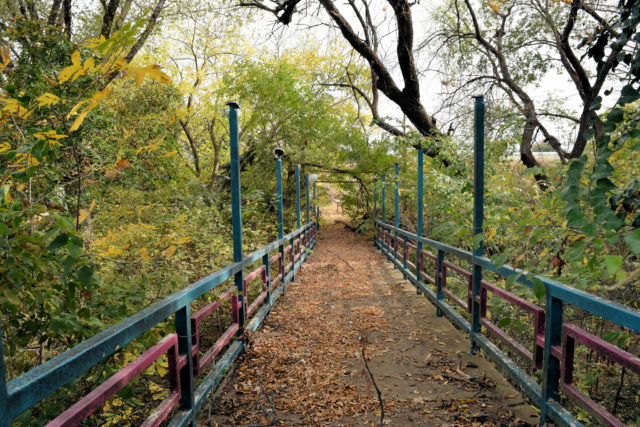
For the next 30 years, the Nelsons worked hard to make the park a success. They added numerous new rides such as the Whacky Shack dark ride which was installed in 1974. The miniature train was retired when the Ottaways sold the business, and instead, the Nelsons installed the first-ever CP Huntington miniature train built by Chance Rides.
Unfortunately, the park’s success started to decline in April 2004, after a little girl was seriously injured. She fell nine meters (30 feet) from a Ferris wheel that had been in operation since the park opened in 1949.
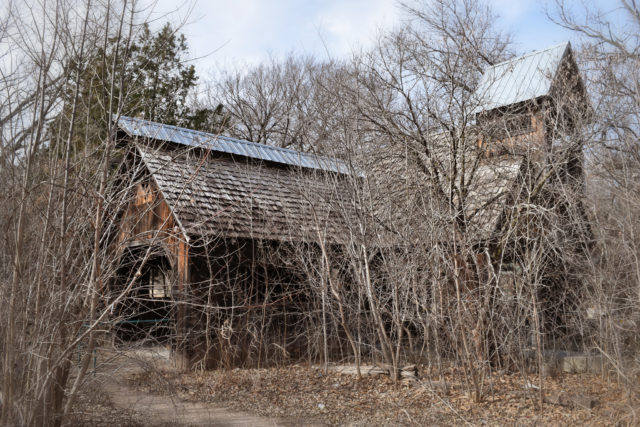
Following this incident, the US Consumer Product Safety Commission conducted an investigation and identified some more safety issues at the park. In addition, the park was suffering from financial problems, and the combination of these two issues led to the park’s closure in the summer of 2004.
In 2006, Seattle-based T-Rex Group leased the park from Margaret Nelson ( Stanley had passed away in 2010). It was anticipated that the new owners would rebuild the park and its attractions, making it possible to open the attraction to the public once more.
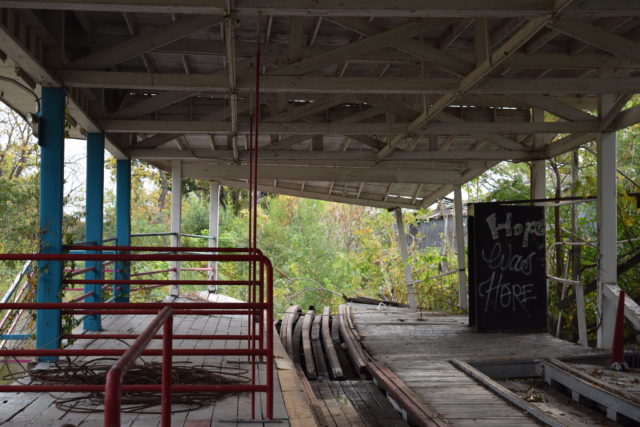
Some renovations were carried out in 2006, but mainly with a view to making the park look better rather than addressing any safety concerns. About $10,000 was spent refurbishing the wooden roller coaster and renaming it The Nightmare, while the pumps in the Log Jam water attraction were replaced.
However, the promised reopening never came. Instead, Joyland was left to slowly decline. All the walls became covered with graffiti, and the park was looted several times, including in 2009 when the vintage sign from the roller coaster was stolen.
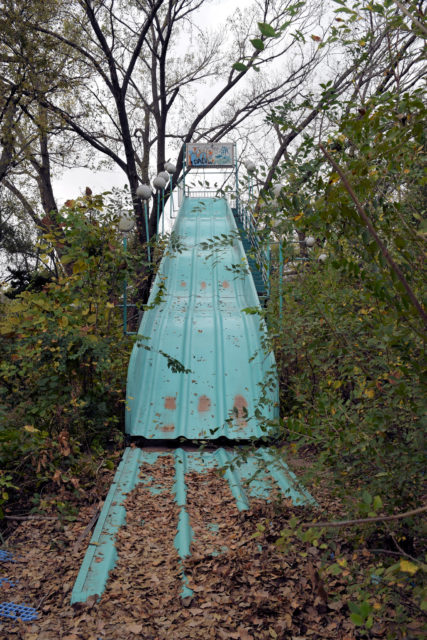
At one point, Restore Hope Inc. offered to step in to help with plans that would see the park rebuilt as an integral part of the city. However, despite some initial success at fundraising, the group’s goal never became a reality. Instead, Joyland was either dismantled or destroyed in a piecemeal fashion over the next few years.
In 2012, a fire destroyed a maintenance building, although none of the rides were damaged. In April 2015, the roller coaster was so badly damaged by a hurricane that it had to be torn down three months later for safety reasons. In 2018, the Whacky Shack was also destroyed by a fire.
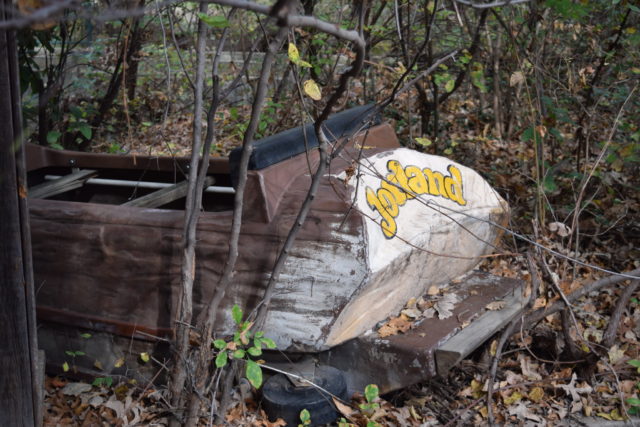
However, some of the attractions have been preserved. The iconic parking lot sign was donated to the Historic Preservation Alliance of Wichita and Sedgwick County in 2014. It was dismantled and stored away in the hope that it could one day be refurbished.
There was a much happier fate in store for Joyland’s carousel. It was built in 1949 by the Allan Herschell Company and was carefully taken down and cleaned at the end of every season. As a result, it still had all of its 36 original horses in 2014 when it was donated to the Botanica gardens in Wichita.
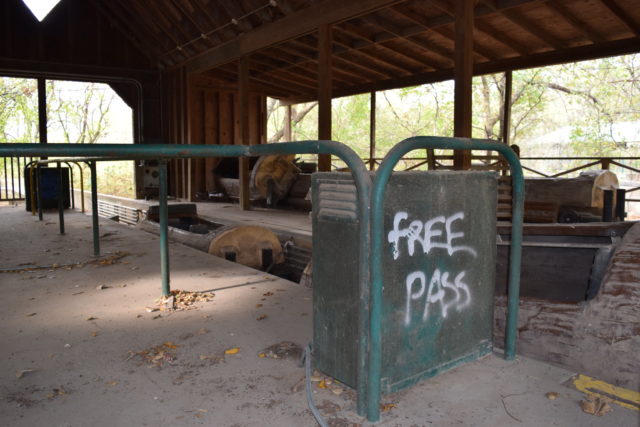
Marty Miller, the director of Botanica, commented to a local online news site that, “To all of us who grew up in Wichita, all of us have rode on that merry-go-round.” The carousel was restored and was officially open to the public in November 2019 to coincide with the annual Illuminations event.
In 2018, the 57-acre site was put up for auction and immediately bought for $198,000 in November of that year. The new owners, Gregory and Tina Dunnegan, already run a business hiring out tents and marquees for weddings. They hope to use the Joyland site to build a permanent outdoor venue for events, but first, they need to thoroughly clean and renovate the area.
While it seems unlikely that any of the rides will be restored, there have been suggestions that traveling carnivals and other mobile attractions might visit at various times. It is also anticipated that a wooded part on the southern side of the former park will be opened as a paintball shooting range.
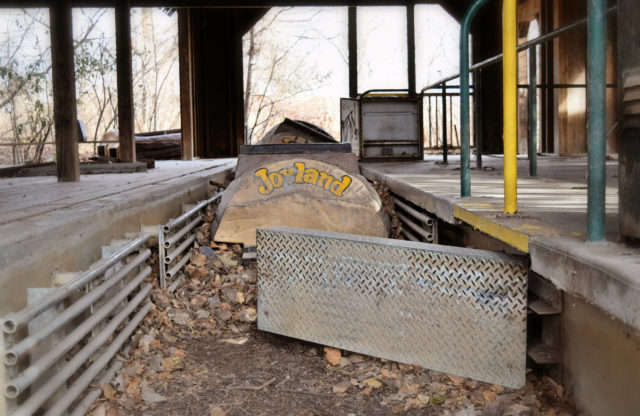
All the photos of the abandoned amusement park Joyland were taken by Randy who is located in Kansas. He has got a Flickr account where he shares moments captured during his bike trips.
Randy also runs an interesting website that details his adventures riding bikes with his wife. He has been doing this since the 1980s, following different trails around the country, including single track, rails-to-trails, paved paths, city streets, and beach boardwalks.
Check out his website named LocoJoe via this link where you will find a large variety of articles about bike rides as well as his collection of custom and antique bikes.
